4 min read — Analysis | Serbia
Belgrade’s Graffiti War: The Artistic Parallel of the Russia-Ukraine Conflict
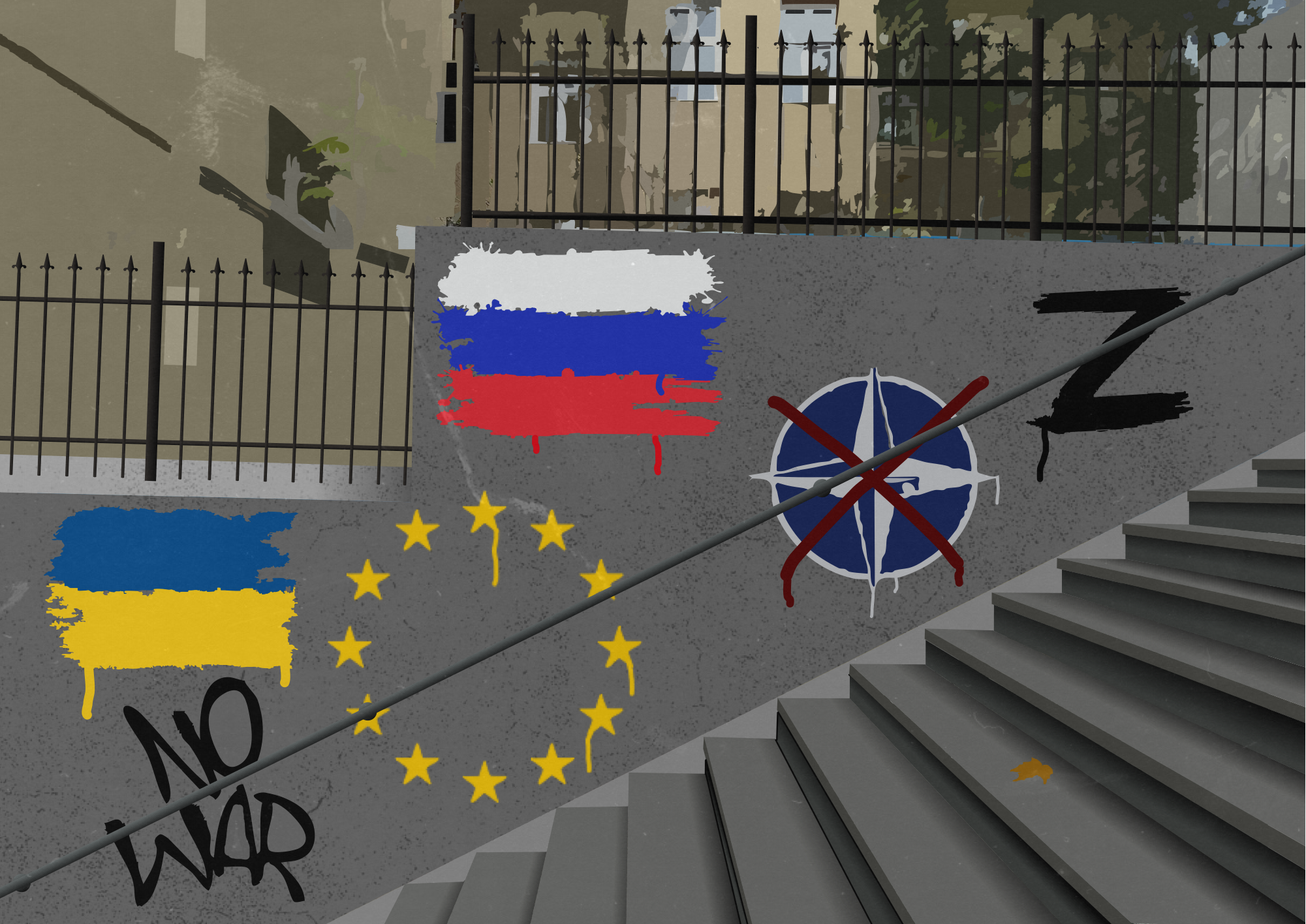
By Aleksander Dragic
January 24, 2023 | 16:30
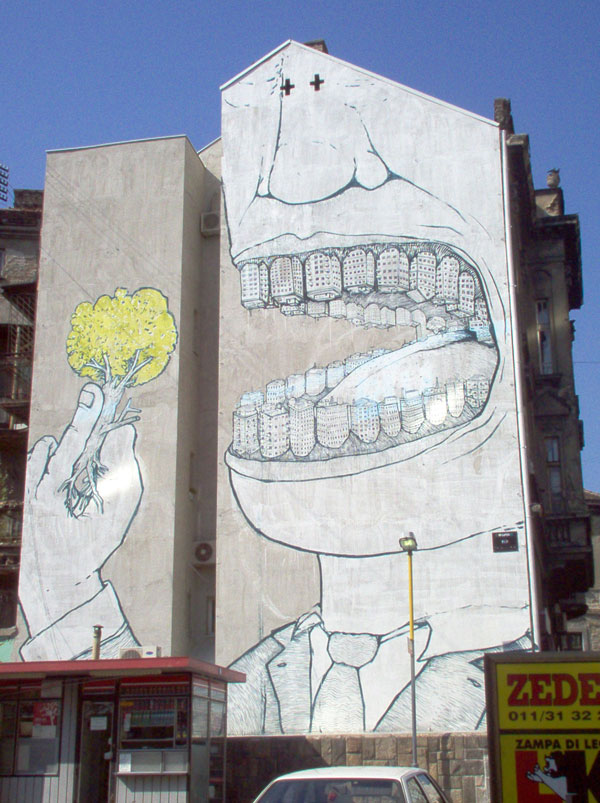
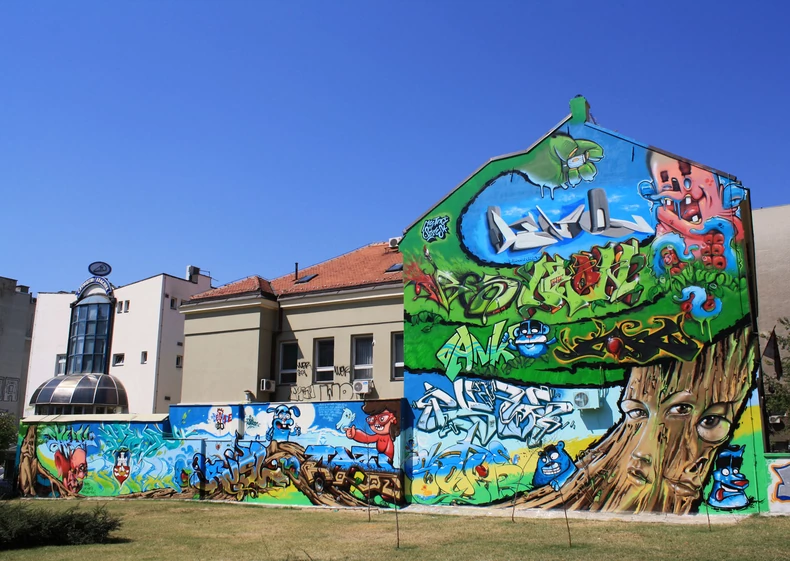
However, in light of the Ukrainian conflict, these graffiti have shifted from an aesthetic to a politically-oriented style.
Serbia’s neutral position has caused a heavy influx of Ukrainian and Russian refugees heading towards Serbia from both warring countries. In an attempt to adjust to a new life, these new arrivals have found an opportunity to live away from war and/or autocracy. Due to the small Balkan state’s neutrality, many Russians have been able to flee their country owing to the direct flights still in operation by AirSerbia from Moscow and St. Petersburg to Serbia.
Some of the many differences that await them in Belgrade (and some other Serbian cities) is a wide array of graffitis, some evidently professional while others completed quickly by an inexperienced hand sketching the terms “Z” or “No War”.
One famous example of this ‘Graffiti War’ is Putin’s mural in Kralja Milana street, Belgrade. Painted in March just a few weeks after the Russian invasion of Ukraine, the mural depicts Putin on a background of Russian and Serbian flags alongside the word ‘БРАТ’, meaning ‘Brother’ in Serbian. The mural had been defaced several times mostly by the addition of words such as “УБИЦА (UBICA)” (meaning ‘Killer/Murderer’), as well as blood on Putin’s eyes, ‘No war’, and similar notions that manifested a clear disapproval of the mural.

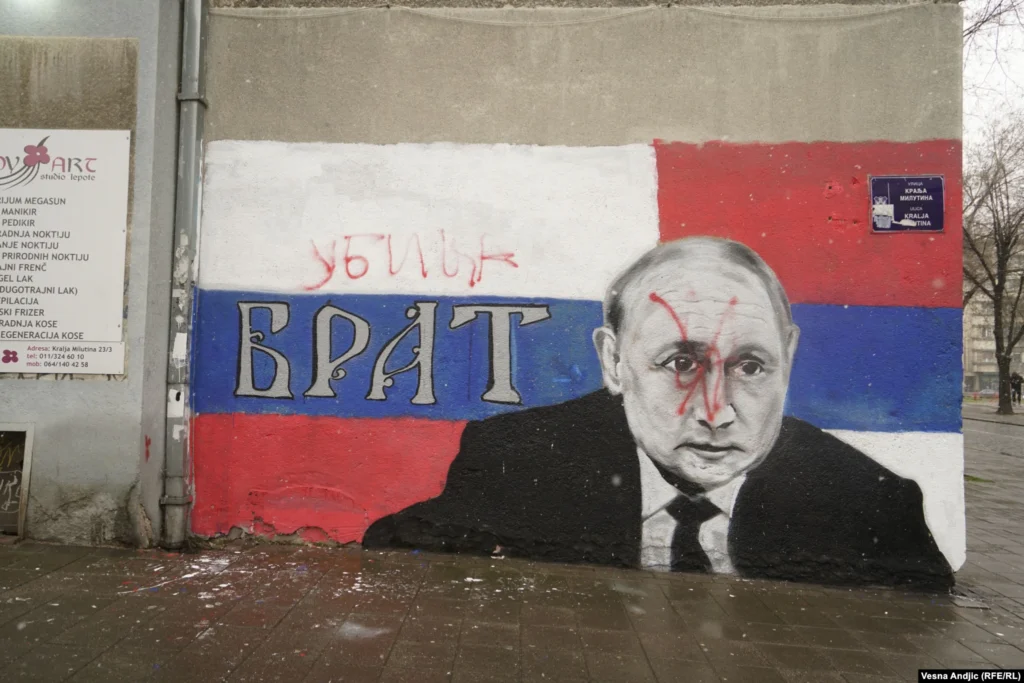
In order to repair some of the damage inflicted on the mural, some people (probably its creators) covered the blood streaming out of Putin’s eyes by adding sunglasses. Though even that wasn’t enough, as the original creators committed a cardinal mistake from the start. With the word “БРАТ (BRAT)” (Brother) being very similar to the Serbian word for “war”, “РАТ (RAT)”, somebody took it upon themselves and covered the letter “Б (B)”, making it say “WAR” next to Putin’s mural. Though a few other attempts at the mural’s recovery were made, most were quickly thwarted. By the end, the mural was entirely repainted as a white-blue-white patterned flag, a symbol of the anti-war Russians and opponents to Putin and his regime. Interestingly, the mural has been undergoing defacement for more than 9 months now, from March to December.
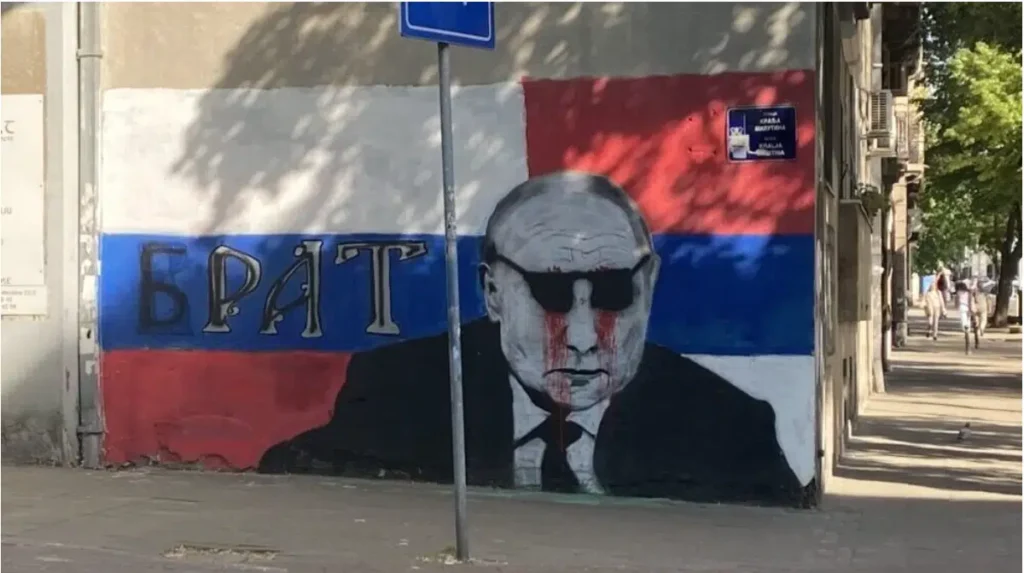
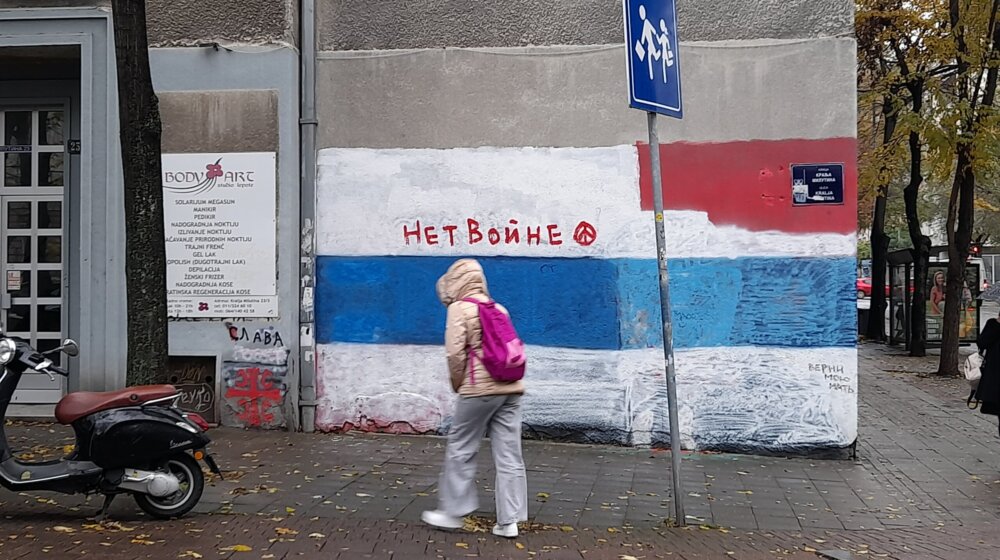
Further examples of this ‘war’ can be found in the graffiti by ‘People’s Patrol’ (Narodna Patrola), a far-right group with a racist stance towards immigrants. An example of their racist tendency was exemplified when they once called on people ‘to clean up the park’, referring to a Belgrade park which has long been a gathering spot for many immigrants due to its proximity to the international bus terminal.
Nevertheless, People’s Patrol has been doing pro-Wagner Group graffiti since January, expressing support for Putin’s infamous paramilitary mercenary group. This graffiti was also quickly ‘disposed of’ allegedly by a radical counter group called ‘Mahno’, though this has only been confirmed on social media.
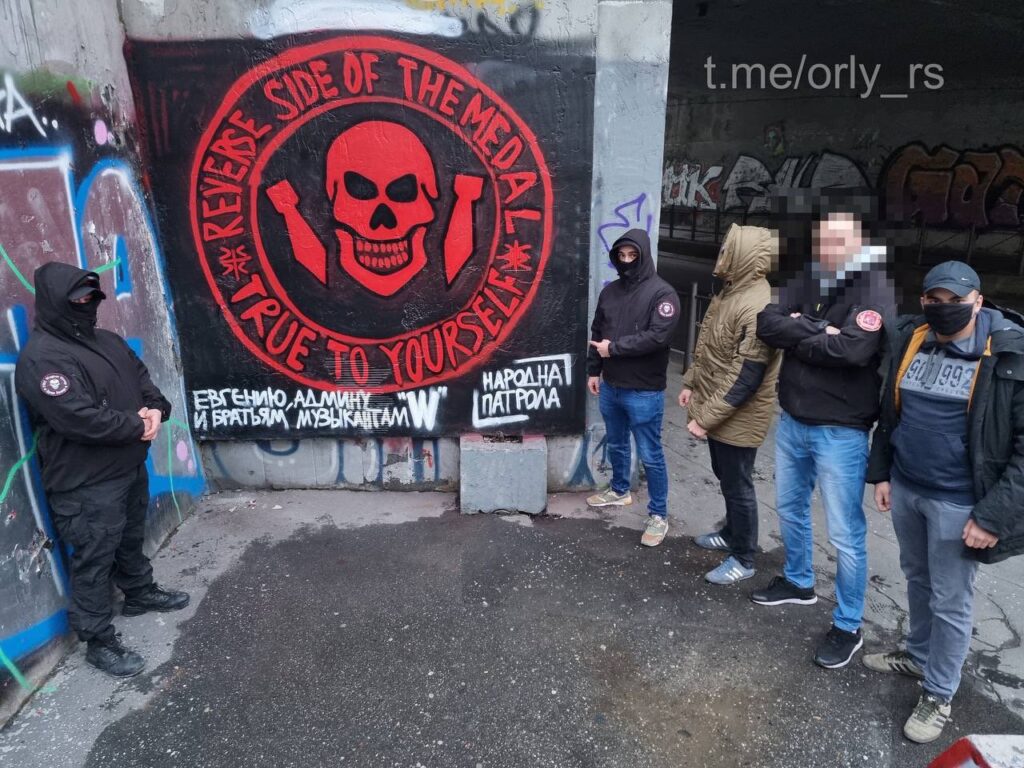
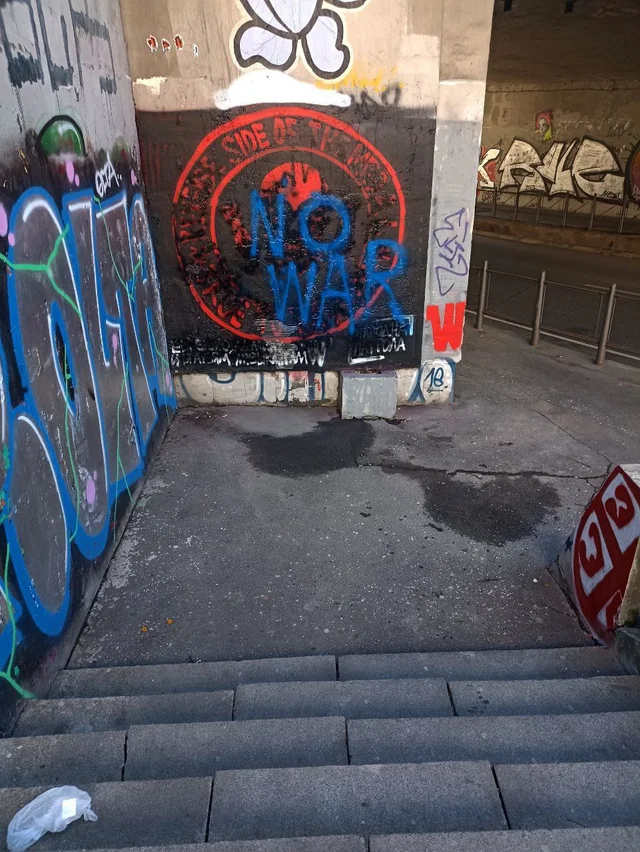
While the ‘graffiti battle’ on Putin’s mural lasted for months, this time it only took a few days before the pro-Wagner graffiti was painted over with the words ‘NO WAR’, alluding to the increased negative sympathy to Russia from a majoritarily Serbian population who wishes to remain neutral in the Ukrainian conflict.
Though, not only pro-Russian graffiti is being destroyed. Recently, a mural depicting Lesya Ukrainka, –the renowned Ukrainian poet and play-writer–, has been vandalised. Most of the mural’s surface was repainted and her face covered with the infamous “Z”, a symbol of the Russian troops and their invasion of Ukraine. The organisation ‘Krokodil’ –which both promotes literary pieces and works on various humanitarian fronts , such as medical equipment donations to Kharkiv–, can be seen repainting the defaced mural on their Twitter page.

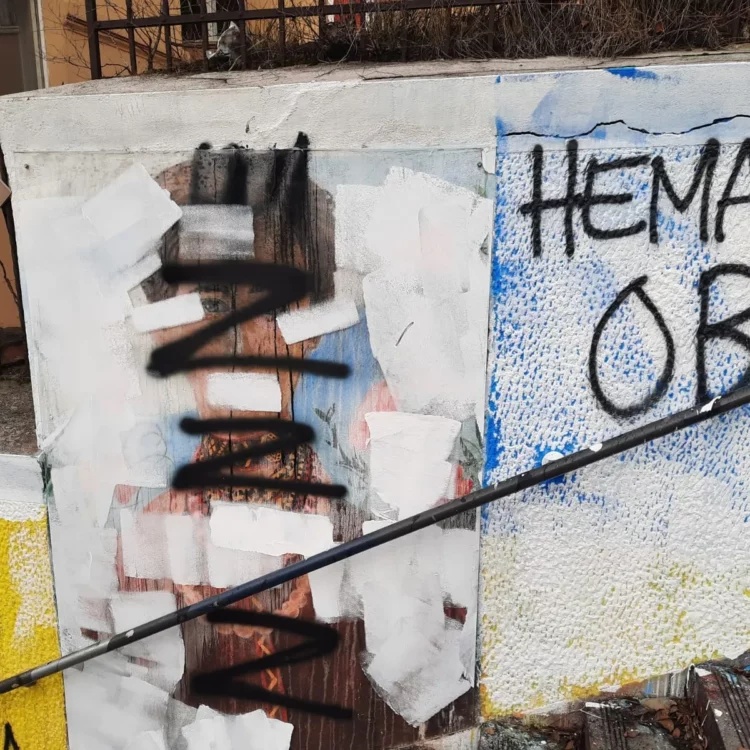
Nonetheless, we should remind ourselves that such a ‘graffiti war’ is not unheard of as we trace back through Belgrade’s history. In fact, two of Serbia’s biggest sports clubs, Red Star (Crvena Zvezda) and Partizan, communicate through graffiti. It is not uncommon to see Partizan’s team’s black and white graffiti being repainted into the Red Star’s red and white colours. This kind of graffiti rivalry has existed for a long time and has become the Serbian peoples’ means of expression .
Such polarity has always tolled Serbia. In the last 200 years, we’ve witnessed polarity between Serbia’s two dynasties/ the current Karadjordjevic and the former Obrenovic dynasty. During World War II, there were two big anti-fascist movements, the communist Partisans and the Yugoslav Army in the Fatherland (also known as Chetniks). After that, Serbia’s traditional polarity took shape in sports, such as the rivalry between the aforementioned Red Star and Partisan. Moreover, this affects even and especially politics, exemplified by the country’s dichotomy between being closer to the EU or Russia.
How this graffiti civil war will turn out remains to be seen. For now, it seems that the ‘pro-Ukraine reactionary forces’ still persist in defacing and repainting ‘pro-Russian’ graffiti, but the so-called ‘battle’ is still far from over and might continue to rage on even after peace in Ukraine is hopefully achieved. All that will be left to ponder is who will pay the war reparations for Belgrade’s destroyed facades.
Write and publish your own article on Euro Prospects
Subscribe to our newsletter – stay informed when we publish articles on pressing European affairs.
